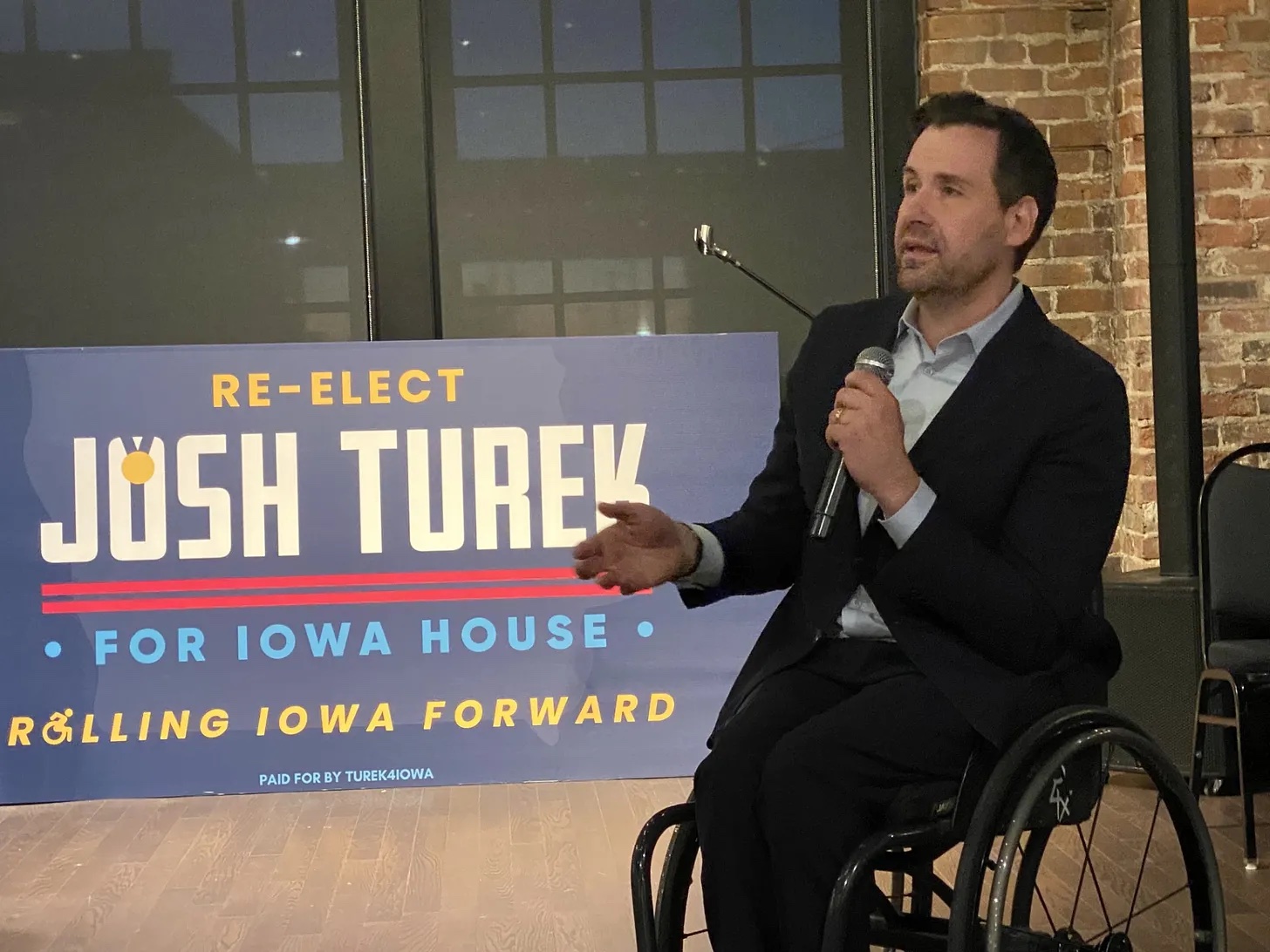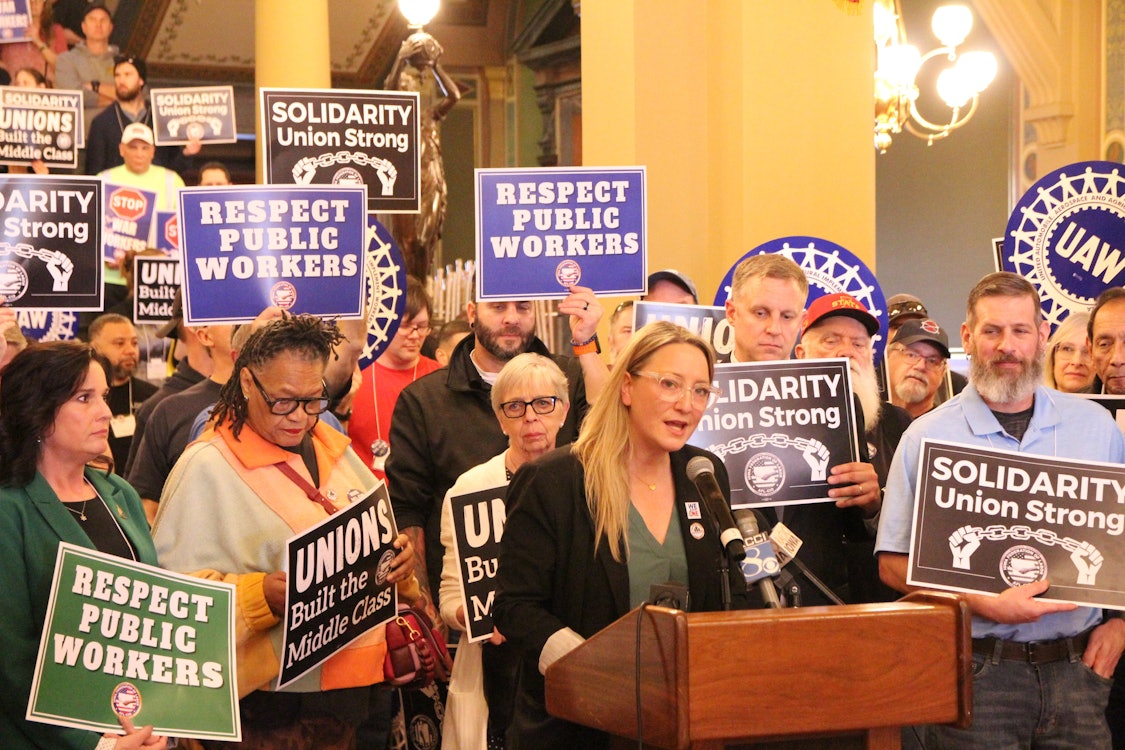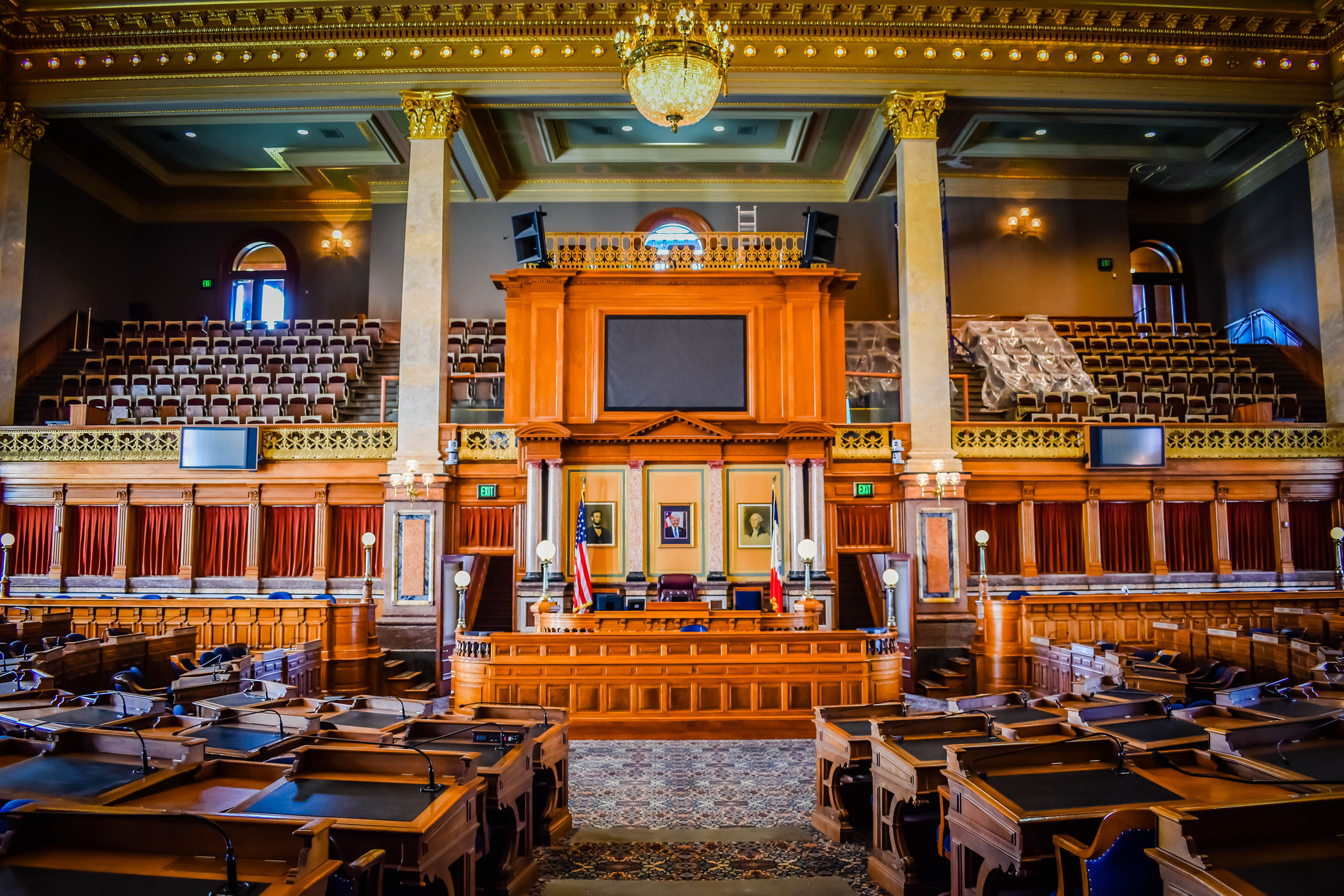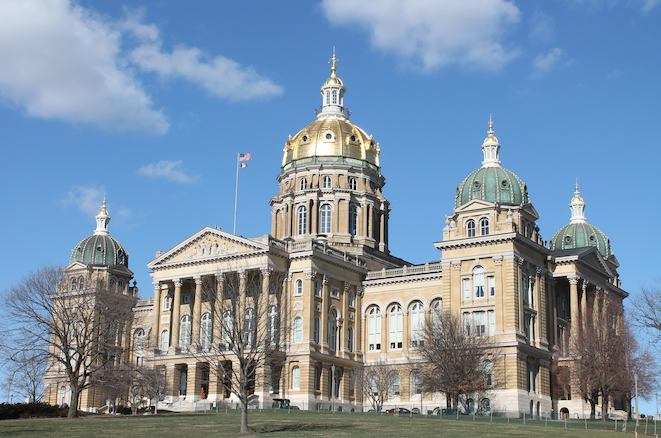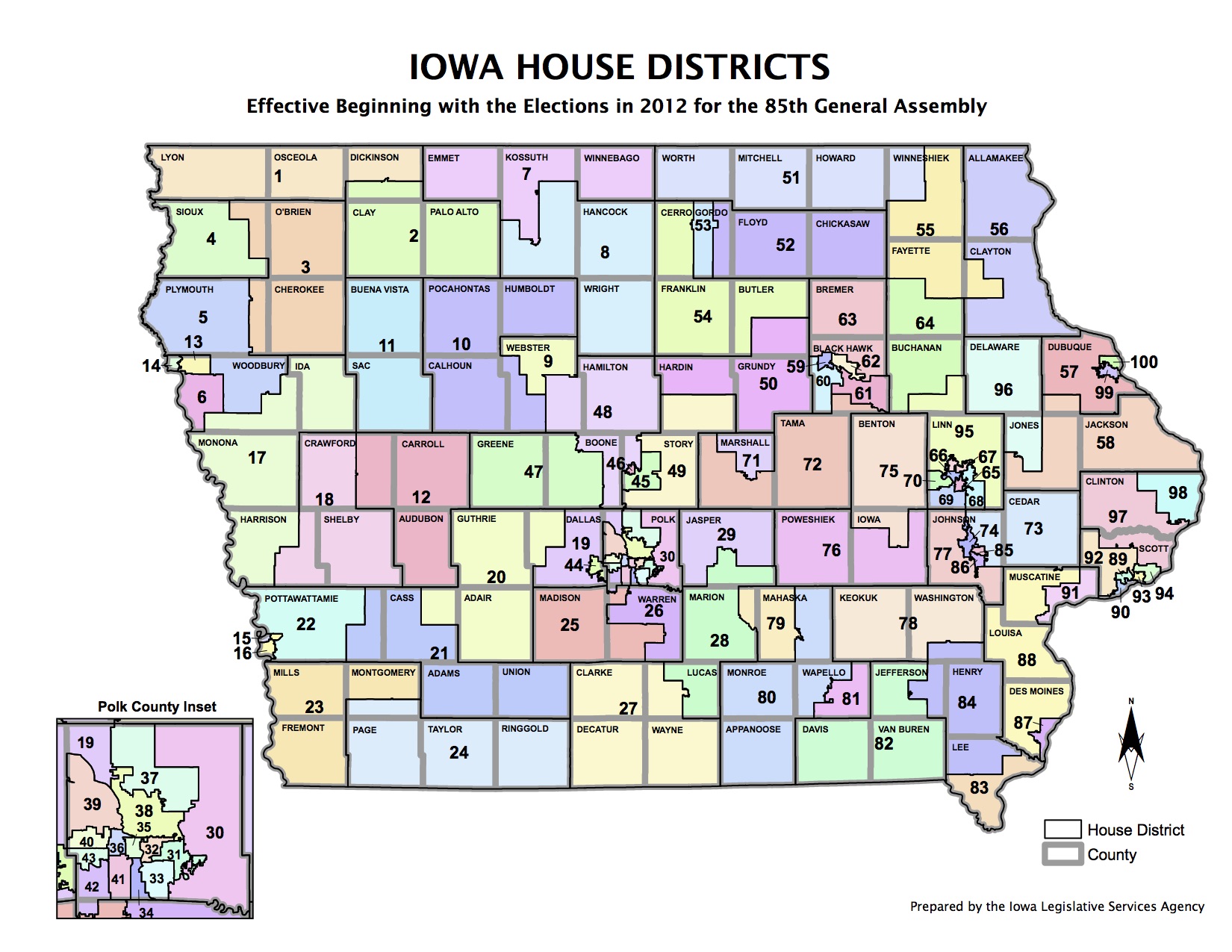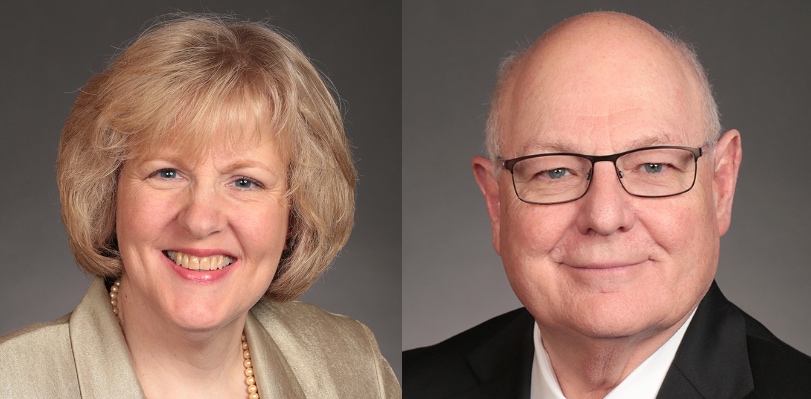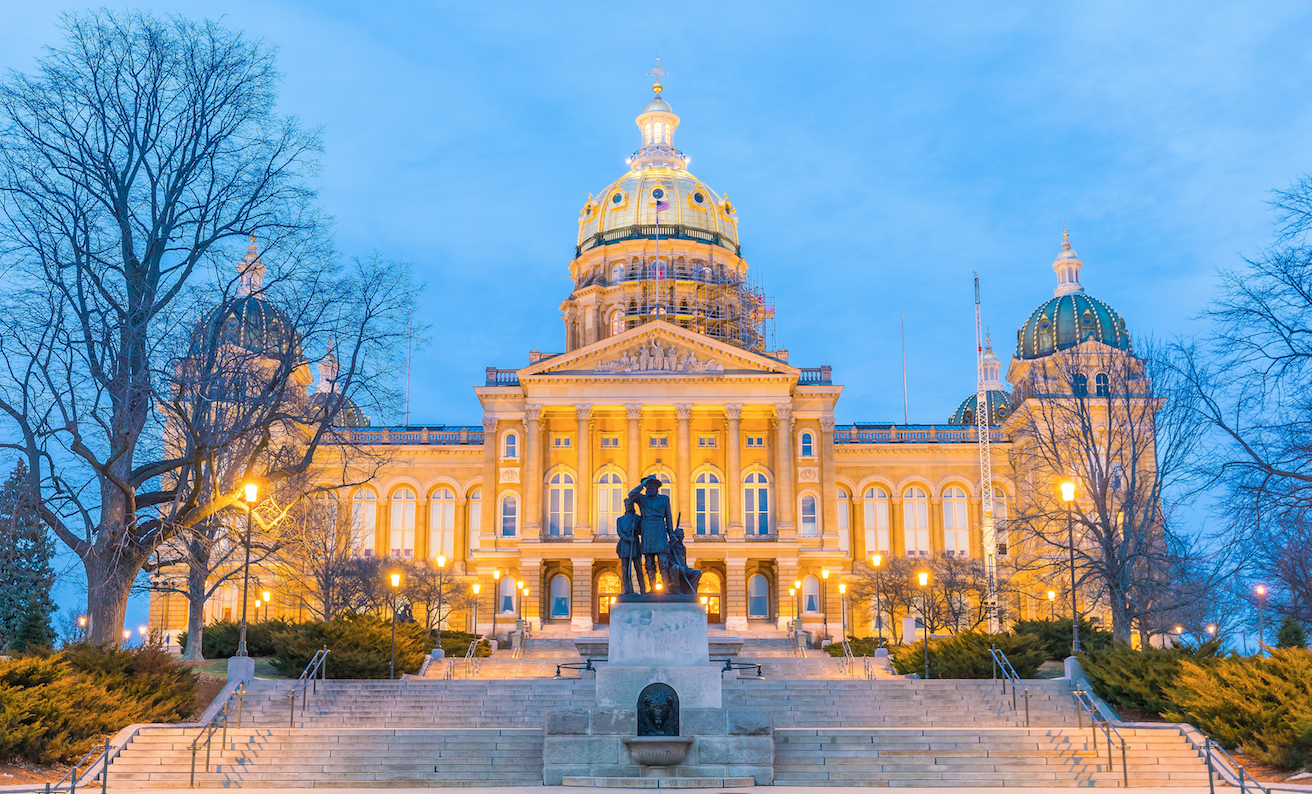Douglas Burns is a fourth-generation Iowa journalist. He is the co-founder of the Western Iowa Journalism Foundation and a member of the Iowa Writers’ Collaborative, where this article first appeared on The Iowa Mercury newsletter. His family operated the Carroll Times Herald for 93 years in Carroll, Iowa where Burns resides.
Council Bluffs Mayor Matt Walsh, a Republican, joined others in his party and independents to support Democratic State Representative Josh Turek, a gold medal-winning Paralympian in wheelchair basketball, at a September 26 event in this southwest Iowa city. Former U.S. Senator Tom Harkin, an Iowa icon, headlined the fundraiser for Turek, who captured his state House district by just six votes in 2022 and faces a challenging re-election bid in the November election.
Walsh said he crossed party lines for the event—and a public endorsement of a Democrat—for one reason: Turek is a respected and effective voice at the statehouse.
“While I am a registered Republican, I strongly believe the best candidate should win,” Walsh said in an interview at the Hoff Family Arts and Cultural Center. “Without a doubt in my mind that’s Josh Turek. He cares about Iowa, he cares about people with disabilities, and he cares about Council Bluffs. You can talk to Josh. Josh listens. Josh understands. Josh is responsive. He’s everything you look for in a candidate. Josh is that guy.”
Continue Reading...
